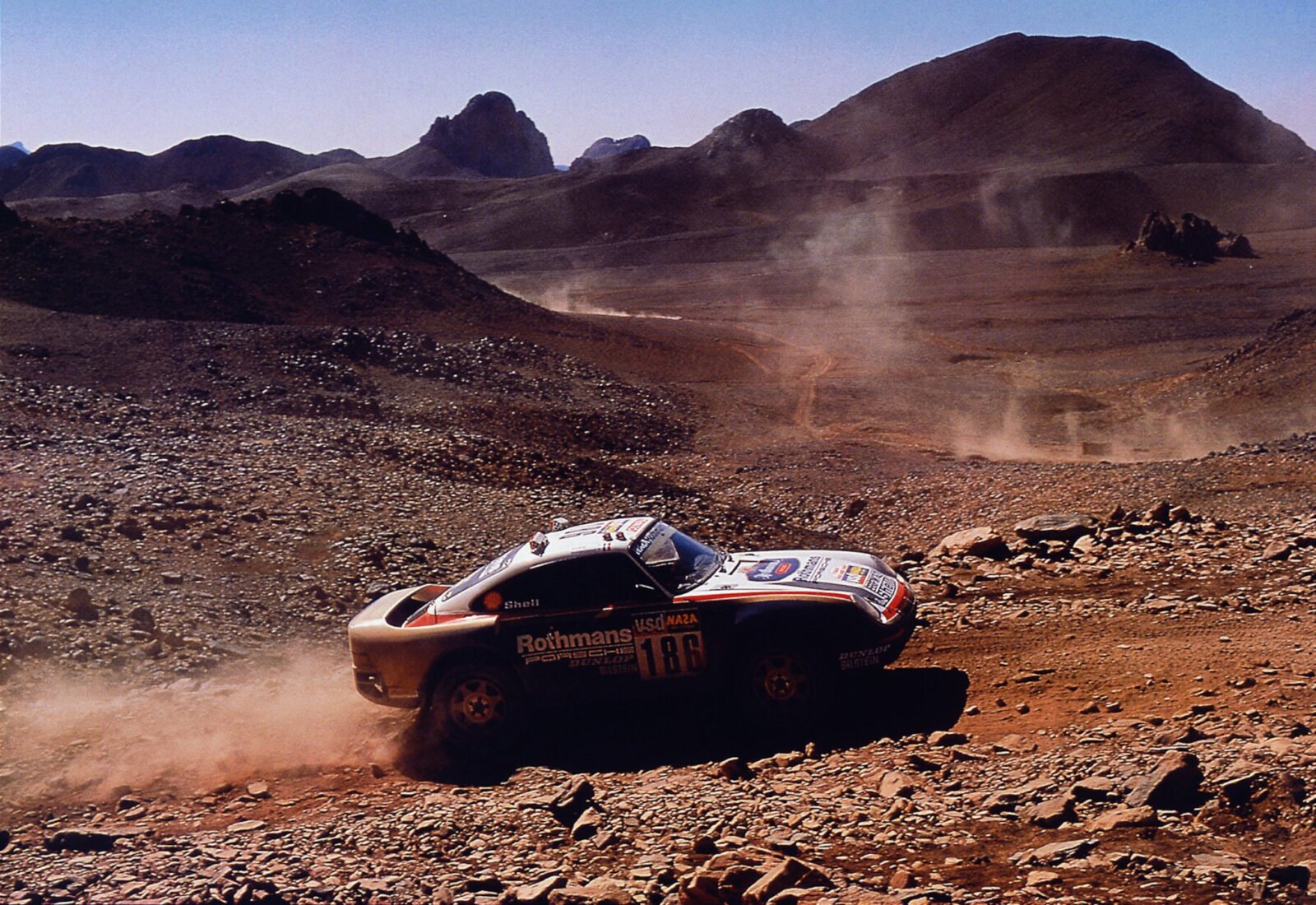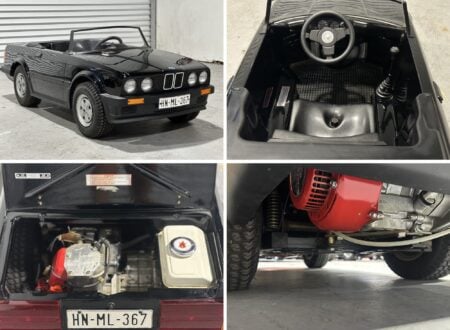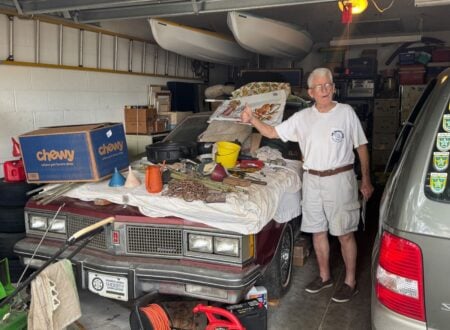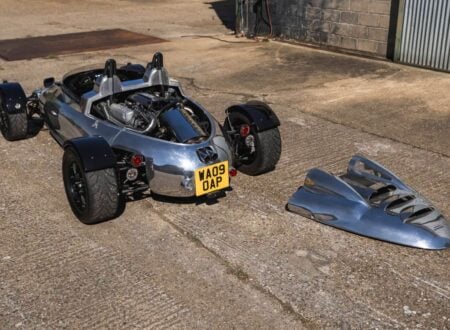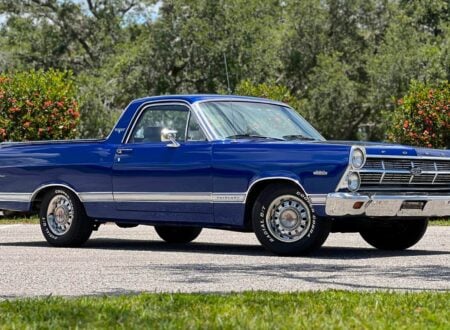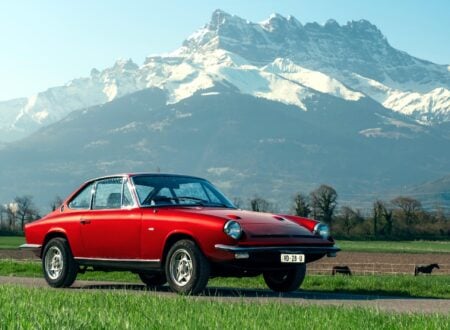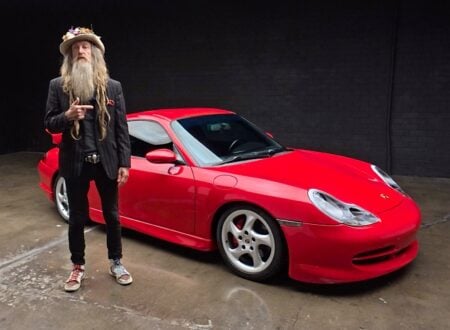The Rothmans livery has been a feature of motorsport especially during the 1980’s-1990’s. Rothmans livery is perhaps most strongly associated with Porsche but has also featured in Formula One with the Williams Team.
Rothmans sponsorship of motorsport teams has included financial support, and also media and promotional support, bringing such inaccessible events as the Paris-Dakar Rally onto television screens all over the world.
Fast Facts – The Rothmans Racing Livery
- Rothmans has been a strong sponsor of motorsport in various forms, including endurance car racing, rallying and Formula One.
- Part of Rothmans sponsorship contribution has been financial, but Rothmans has also used the full power of its media operations to bring motorsport events to a wide international public.
- The Rothmans racing and rally car livery is restrained and tasteful combining blue and white with fine gold and red stripes that accentuate the lines of the cars.
- Perhaps the most famous of the Rothmans partnerships has been their sponsorship of Porsche which has resulted in victories at the 24 Hours Le Mans, and in the Paris-Dakar Rally.
Rothmans Company Background
The Rothmans company was one of those that went from remarkably small beginnings to becoming a corporate giant, and a company that became a giant of motorsport.
Louis Rothman migrated to Britain in 1887 after learning the tobacco trade from his uncle in Kyiv, Ukraine.
Young Louis hand rolled cigarettes and sold them eventually becoming able to open his own small kiosk at 55a Fleet Street where he was able to sell his hand rolled cigarettes on a larger scale, all the while saving money to invest it into the growth of his business – thrift and conscientiousness are two traits that are greatly helpful in building a successful business and Louis’s business grew and prospered.
Louis Rothman passed away in 1926 but the company he pioneered went on to become a highly successful business and so financially successful that at the dawning of the 1980’s they were in a financial position to take their first steps as a sponsor of top level motorsport.
World Rally Championship 1981-1982
Rothmans made its first foray into the world of top level motorsport with their creation of the Rothmans Rally Team. Working with David Richards, Rothmans were brought into this project and Richards would serve as the guide for Rothmans to find the right path into the competition, and he was also the navigator for team driver Ari Vatanen.
The team was run by David Sutton Cars, and the cars were Ford Escort RS 1800 MKII, and the Rothmans team fielded two of these, the Vatanen/Richards car and another driven by Airikkala Pentti with Virtanen Risto as the navigator.
The livery for these Rothmans Rally Team cars was classic Rothmans corporate colors: a white car with blue stripes along the sides split by a gold stripe with red flash at its center.
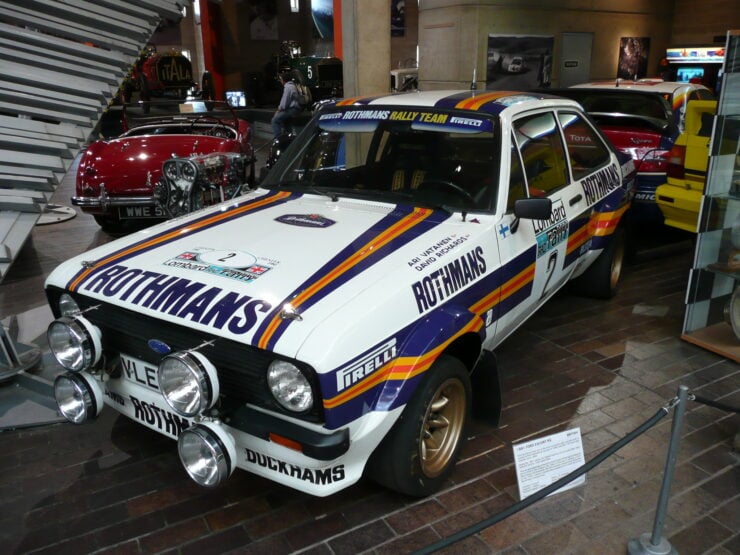 The 1981 World Rally Championship winning Ford Escort RS1800 MKII of Ari Vatanen and David Richards at the National Motor Museum in Beaulieu. (Picture courtesy Przemysław Jahr@Wikipedia).
The 1981 World Rally Championship winning Ford Escort RS1800 MKII of Ari Vatanen and David Richards at the National Motor Museum in Beaulieu. (Picture courtesy Przemysław Jahr@Wikipedia).It proved to be a wise choice for Rothmans to enter motorsport via this route. They took on sponsorship of a team with a great deal of expertise and background experience in rallying, a team well able to compete and potentially win in the World Rally Championship.
The Rothmans Team took second and third places in the 1981 International Swedish Rally, then Ari Vatanen/David Richards took first in the Acropolis Rally, first in the Marlboro Rallye do Brasil, first in the Rally of the 1000 Lakes, and second in the Lombard RAC Rally.
These results were sufficient for the Rothmans Rally Team to win the World Rally Championship with Ari Vatanen taking the Driver’s Championship.
For 1982 Rothmans decided to sponsor a team with substantial credentials, so they entered a partnership with Walter Röhrl who was a favorite to win the Championship. Walter Röhrl’s competition weapon was a suitably modified Opel Ascona 400. Röhrl’s most dangerous competitor was a french woman named Michèle Mouton and her Italian navigator and co-driver Fabrizia Pons.
Michèle Mouton was indeed a fiery competitor having acquired the nickname “Der Schwarze Vulkan” (the black volcano) in reference to her black hair and explosive personality.
Happily for Walter Röhrl and Rothmans he was able to win the 1982 Driver’s World Rally Championship, but Michèle Mouton came in second, making Michèle Mouton the only woman to achieve this.
Formula One 1982
With such phenomenal results in their first dabble in motorsports Rothmans’ eye naturally turned to the ethereal and high status world of Formula One for 1982. In order to succeed at this Rothmans needed to be teamed up with an established Formula One team with the technology, support teams, cars and drivers to win against the likes of Ferrari. They chose to team up with the March Team which had established driver Jochen Mass as one of their drivers.
The campaign car was the March 821 which was powered by a Ford-Cosworth DFV 2,993cc naturally aspirated mid-mounted 90° V8 delivering its approximately 500hp to the track through a Hewland FGA 400 6-speed manual.
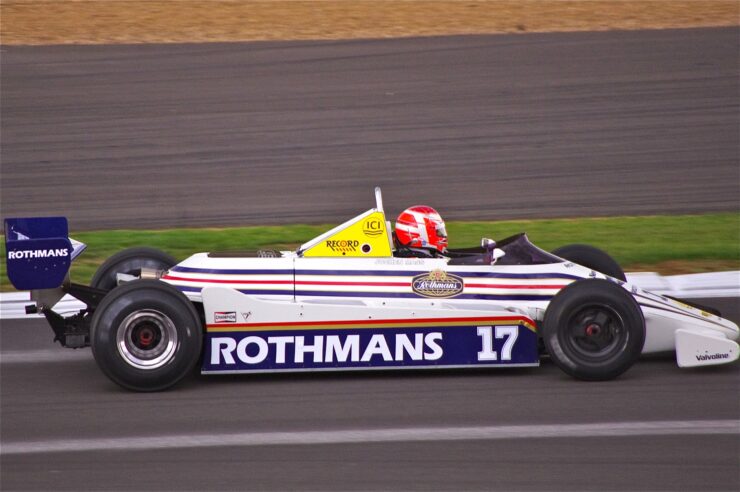 The 1982 Rothmans Formula One Team March 821 as driven by Jochen Mass here seen at the Silverstone Classic 2011. (Picture courtesy David Merrett@Wikipedia).
The 1982 Rothmans Formula One Team March 821 as driven by Jochen Mass here seen at the Silverstone Classic 2011. (Picture courtesy David Merrett@Wikipedia).No doubt the car and its specifications, and the prospect of a famous driver made this sponsorship look competitive to the management at Rothmans but the winds of caution came to them via Jochen Mass who forewarned them that their prospects of success were not good, while at the same time suggesting that they might be best advised to get into a working relationship with Porsche who had expertise and commitment, not for Formula One, but for Group C sports car endurance racing.
For that 1982 competition year Jochen Mass’ forewarning turned out to be true and the Rothmans/March Formula One Team did not gain any championship points.
Despite that the Rothmans livery was beautifully done with the Rothmans logo on the sides of the driver’s cockpit and the characteristic blue, red and gold strips accentuating the lines of the car. It looked like a winner, despite the fact that it couldn’t defeat the Ferraris or Williams that tended to dominate Formula One at that time.
Porsche
Le Mans
At that time Porsche were creating a purpose designed Group C sports car, the Porsche 956: it was to become a car that would dominate sports car endurance racing in the 1980’s.
By the 1980’s the tobacco industry was not well favored as a prime choice for sponsorship and some of the brand names were diversifying into a wider range of products. But for Porsche, Rothmans brought with them the sort of major investment of money that Porsche really needed to create their Porsche 956 world beater.
Not only did Rothmans provide a substantial injection of finance into Porsche’s plan to use their new Porsche 956 to become the team to beat in Group C endurance racing, but they also brought with them some of the world’s best expertise in promotion and publicity. Rothmans had a very well-oiled publicity engine and the full force of that public relations machine was brought to bear.
So with these two machines in action, i.e. the Porsche 956 and the Rothmans publicity, both Porsche and Rothmans were on the road to making this partnership globally famous.
It was time to take on what was and is the most prestigious motor racing event in the world – the 24 Hours Le Mans.
The Porsche 956 was the fruit of the work of some of the cream of competitive automotive design; Helmuth Bott, Hans Mezger, and Norbert Singer.
For the 1982 Le Mans race the Porsche/Rothmans team would field three cars, the first driven by Jacky Ickx and Derek Bell, the second by Vern Schuppan and Jochen Mass, and the third by Americans Hurley Haywood and Al Holbert, with German Jürgen Barth.
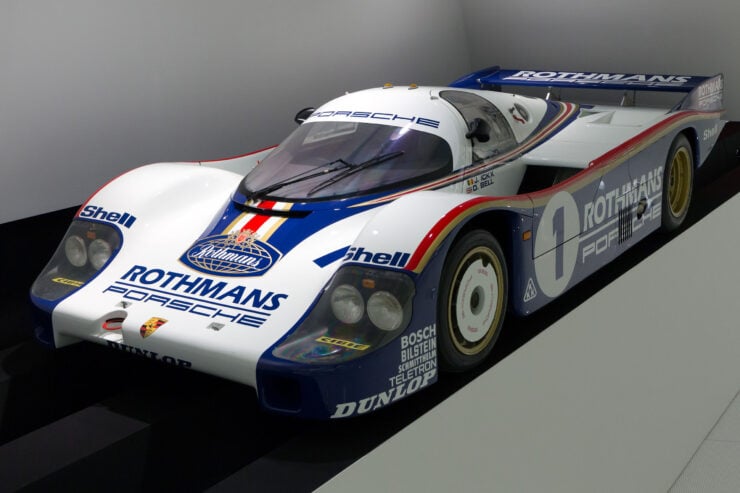 The 1982 Le Mans winning Porsche 956 now resides in the Porsche Museum. (Picture courtesy Morio@Wikipedia).
The 1982 Le Mans winning Porsche 956 now resides in the Porsche Museum. (Picture courtesy Morio@Wikipedia).The Rothmans publicity engine was also prepped and ready to go, there were even in-car cameras to transmit the sights and sounds of the Rothmans/Porsche Le Mans campaign to the ends of the earth – literally: and not only that but the world had seen substantial adoption of color television – so many around the world could enjoy this gladiatorial contest in glorious living color.
The 24 Hours Le Mans is a motor race that tends to produce more drama than the chariot race in the movie Ben-Hur, and the 1982 event was no exception and included a spectacular high speed crash by British Aston Martin works Nimrod car driven by Tiff Needell which suffered a tire blowout at around 200mph (320km/hr) causing the car to spin and come to an abrupt halt when it hit the barrier at Mulsanne Corner.
But the Porsche/Rothmans team’s three cars managed to endure the 24 hours and crossed the finish line taking first, second and third places; the Ickx/Bell car first, the Mass/Schuppen in second, and the Haywood/Holbert/Barth car in third. A perfect result: no doubt the champagne flowed freely as the team celebrated.
The Rothmans/Porsche Team would return to the La Sarthe circuit to repeat their 1,2,3, victory in 1985 and again in 1986. Their weapon of choice being their new Porsche 962C, beautifully decked out in the Rothmans livery.
Paris-Dakar Rally
The Rothmans/Porsche Team were not content to restrict themselves to just Le Mans, despite a 24 Hours Le Mans victory being one of the most coveted prizes in all of motorsport. The technology team at Porsche had rather more ambition and with the probability of success Rothmans were willing to provide finance and the other support they could summon.
The story began in 1981 with a discussion between Porsche’s Chief Engineer Helmuth Bott and the then-new Porsche Managing Director Peter Schutz. The Porsche 911 had a long and illustrious history and it had become the iconic Porsche, a car instantly recognized by car enthusiasts the world over.
But how could the 911 be upgraded to become a competition winning sports car, and an even better and more desirable car for everyday Porsche owners to purchase?
The answer was going to be the use of all-wheel-drive, and the embedding of sophisticated technology to transform the 911 into something that still looked like a 911 on the outside, but which was a whole new machine under the bodywork.
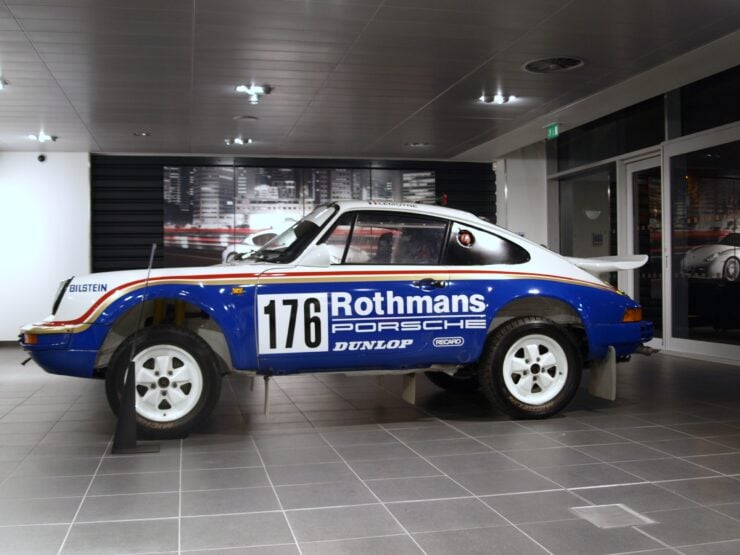 The 1984 Paris-Dakar winning Porsche 953 driven by René Metge and Dominique Lemoyne. (Picture courtesy Bjmullan@Wikipedia).
The 1984 Paris-Dakar winning Porsche 953 driven by René Metge and Dominique Lemoyne. (Picture courtesy Bjmullan@Wikipedia).Audi had debuted their Quattro the previous year, a car they had created by using transmission technology from the Volkswagen Type 183 Iltis. This had produced the Audi Quattro road production car, and rally car version which proved highly competitive despite its propensity for understeer.
This new Porsche was designated the 959 and its all-wheel-drive system was the Porsche-Steuer Kupplung (PSK): this computer controlled system functioned to dynamically change the torque distribution between the front and rear differentials.
The transmission was a five speed all synchromesh manual with a gelände (terrain) gear.
The Porsche design and engineering team saw that the new FIA Group B class of competitive sports car would be the perfect arena for them to field, test and develop this new Porsche 959. These new Group B regulations gave great flexibility in design and specifications, and they only required two hundred cars to be made to satisfy the homologation requirements.
This new production car was powered by a flat six cylinder engine of 2,849cc capacity breathing through sequential twin turbochargers and getting its fuel from a Bosch Motronic 2.1 fuel injection system. The engine cylinders were air-cooled but with the heat generated by the turbocharging it was decided to liquid cool the cylinder heads.
The engine delivered 444 hp with 369 ft/lbs of torque and enabled the 959 to accelerate from standing to 62 mph in 3.7 eye-widening seconds. Top speed was around the 200 mph mark.
The idea to campaign in the Paris-Dakar rally came from Jacky Ickx and for 1984, rather than risk using the technologically complex 959, Porsche fielded three modified 911SC cars which used some 959 components, notably the all-wheel-drive system. These cars were designated as Porsche 953
The Rothmans/Porsche Team were greatly encouraged when they won the event. Not only that but Rothmans put in extraordinary efforts to bring the sights and sounds of the 12,000 km event to the watching public all over the world.
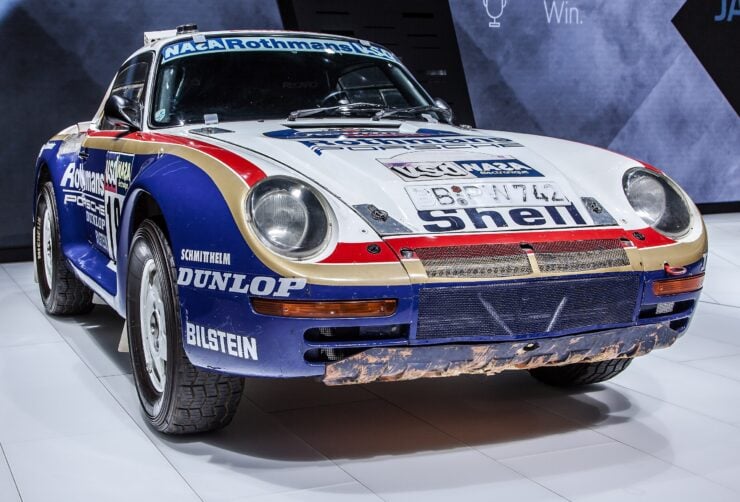 One of the Porsche 959 cars from the 1986 Paris-Dakar Rally. (Picture courtesy Alexander Migl@Wikipedia).
One of the Porsche 959 cars from the 1986 Paris-Dakar Rally. (Picture courtesy Alexander Migl@Wikipedia).This would be the Porsche 911’s crowning glory. Despite its being regarded as an outdated design yet it proved the vision of Dr. Ferdinand Porsche back in the 1930’s when he created the Volkswagen that would be the foundation for the first Porsche, the 356, which in turn inspired the design of the 911.
The following year, 1985, they fielded three technologically advanced Porsche 959’s but unfortunately did not manage the victory they had earnestly hoped for. So they returned in 1986 with Porsche 959’s and that time nailed the victory. Following on from that Porsche were able to make and sell 292 Porsche 959 production road cars.
The Group B class of rally car was ended in 1987 and with that Porsche withdrew from rallying: the Porsche 959 had been created to be a Group B contender and that was no more to be.
Rothmans wanted to continue in this sport that had proved to be such a popular spectacle. So Rothmans shifted their sponsorship to the Subaru Rally Team up until 1992 when the Rothmans sponsorship and livery was replaced by State Express 555 yellow and blue liveried cars and sponsorship.
Rothmans also sponsored the Honda Team in Grand Prix motorcycle racing from 1985-1993, and so Rothmans white, blue and red was seen on the Honda Team motorcycles.
World Touring Car Championships
The Australian motorsport scene has long been a competitive one which attracted large crowds to the events, significant sponsorship, and Australia has some of the most challenging race tracks imaginable, not least of which is the Mount Panorama track located near the town of Bathurst, New South Wales.
Rothmans has had a history of sponsoring Australian motorsport teams and in 1987 one of Australia’s most iconic drivers, Peter Brock, decided to sell his Holden VL Commodore SS Group A racing car complete with Rothmans sponsorship to another of Australia’s most famous drivers: Alan Moffat.
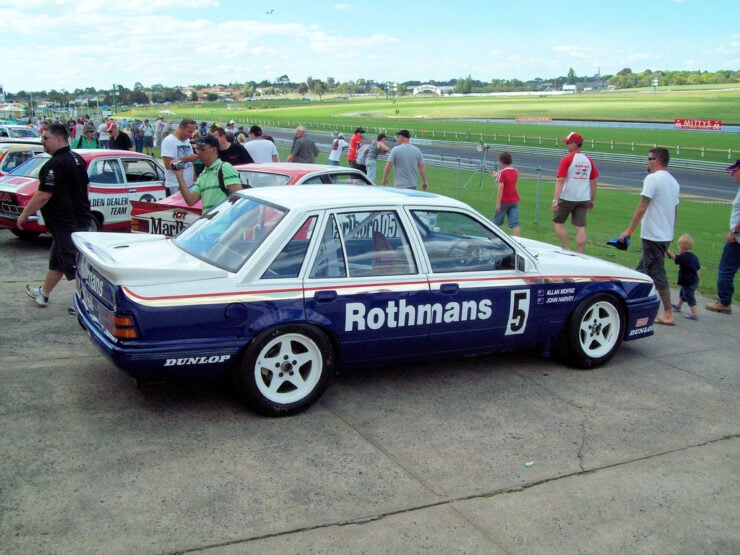 The 1987 Rothmans Alan Moffat V8 powered Holden VL Commodore Group A SS that won the Monza 500 in 1987. (Picture courtesy HoldenV8@Wikipedia).
The 1987 Rothmans Alan Moffat V8 powered Holden VL Commodore Group A SS that won the Monza 500 in 1987. (Picture courtesy HoldenV8@Wikipedia).Holden was an Australian automobile with the company being owned by General Motors, and the Commodore in its sporting versions was a tight handling high performance machine.
Alan Moffat wanted to take his newly acquired Holden VL Commodore to compete in the World Touring Car Championships and with co-driver John Harvey they won the first race of the series, the Monza 500 in Italy.
The Moffat/Harvey Commodore was decked out in Rothmans livery of blue below the car’s waistline and white above separated by a red and gold stripe. The word Rothmans being prominently emblazoned along the car’s sides.
A Return to Formula One
In 1994 the door of opportunity to enter Formula One as the sponsor of a highly competitive team was opened to Rothmans and they made the move to pick up this opportunity and make the best of it.
The team with which Rothmans was able to partner was the Williams Team and they had one of the top drivers in the sport, Ayrton Senna.
In the first season of this partnership Rothmans and Williams were faced with tragedy when Ayrton Senna was killed driving a Rothmans Williams FW16 at the San Marino Grand Prix.
The Rothmans Williams partnership continued and Damon Hill achieved the championship victory in 1996, while Jacques Villeneuve won in 1997.
The Rothmans livery for these cars was the traditional blue and white, with gold and red highlight stripes.
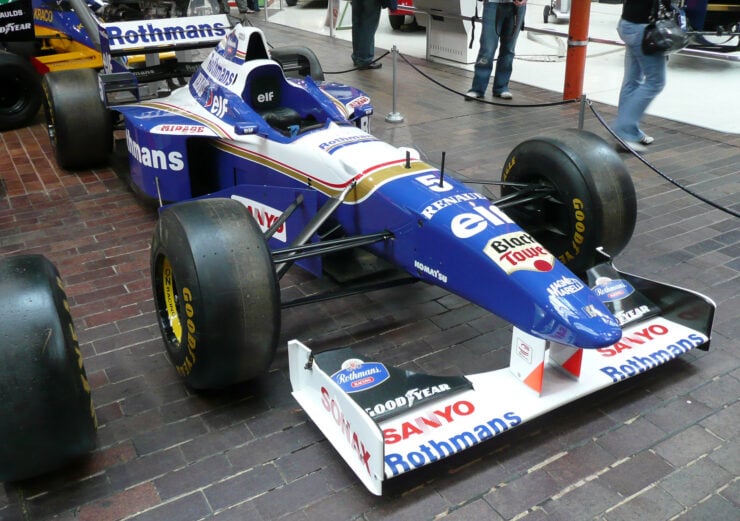 A 1996 Rothmans Williams FW18 Formula One racing car decked out in the Rothmans livery. (Picture courtesy Morio@Wikipedia).
A 1996 Rothmans Williams FW18 Formula One racing car decked out in the Rothmans livery. (Picture courtesy Morio@Wikipedia).Conclusion
Rothmans has been a strong sponsor of international motorsport and has provided not only financial backing for teams, but has also used their considerable mass media promotions and advertising machines to bring motorsports to the comfortable living rooms of enthusiasts across the world.
Rothmans has indeed helped pioneer the sorts of global media abilities that we nowadays accept as commonplace when we watch motorsport events from a sports bar, or from home.
Picture Credits: Feature image at the head of this post of a Porsche 959 competing in the 1986 Paris-Dakar Rally courtesy Porsche. All others as individually credited.

